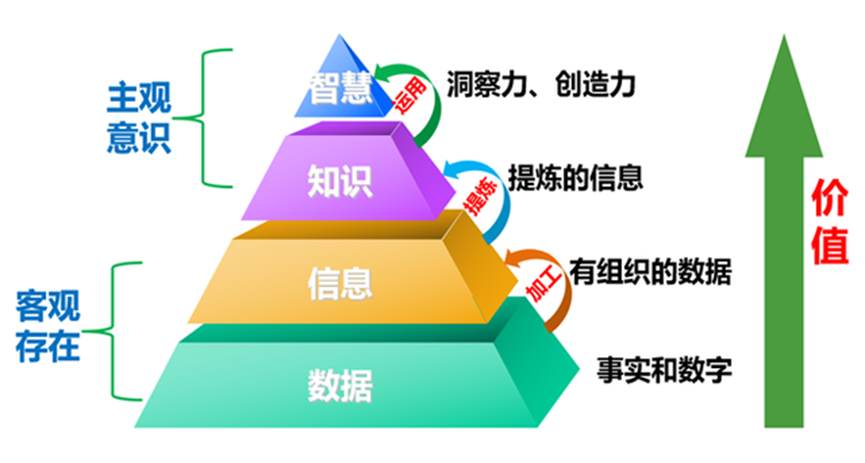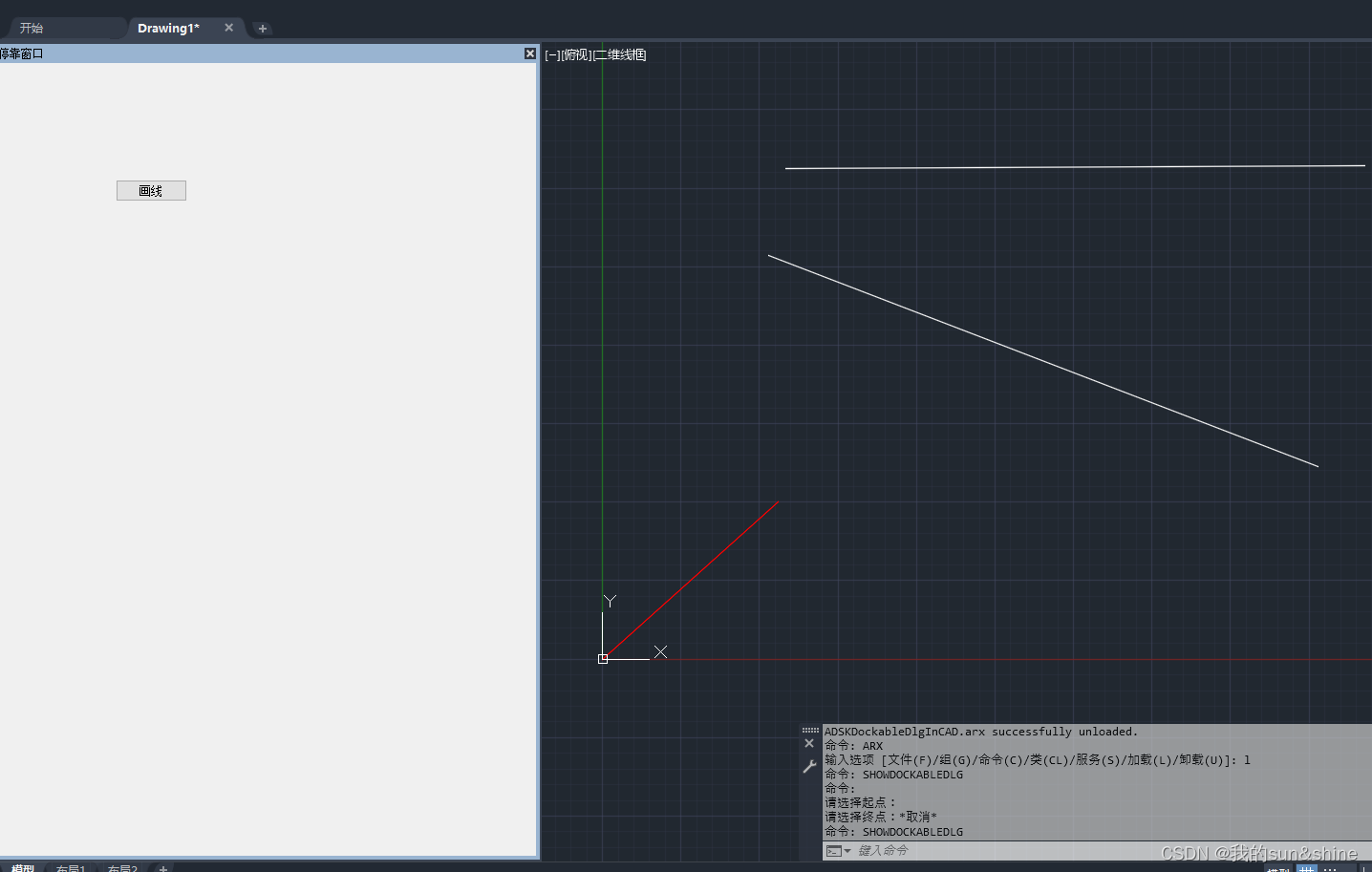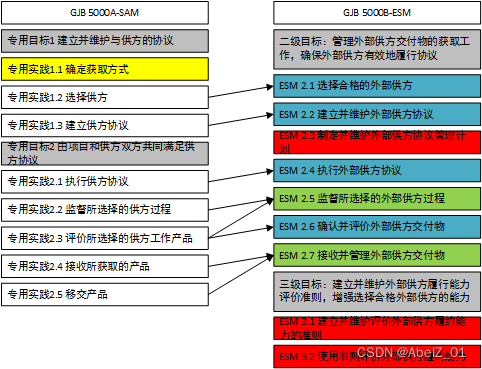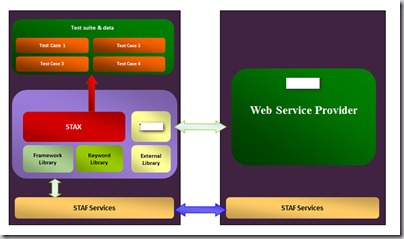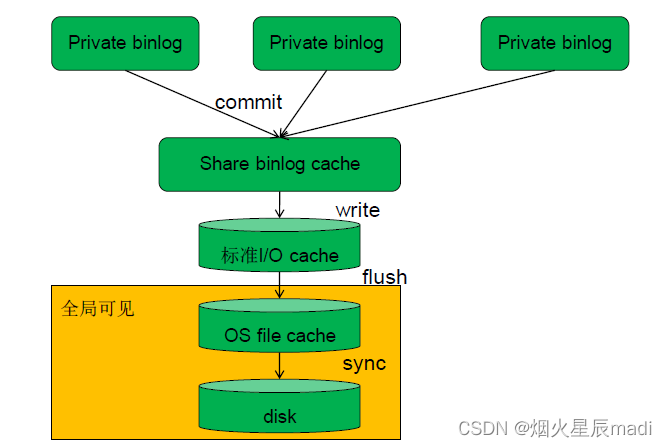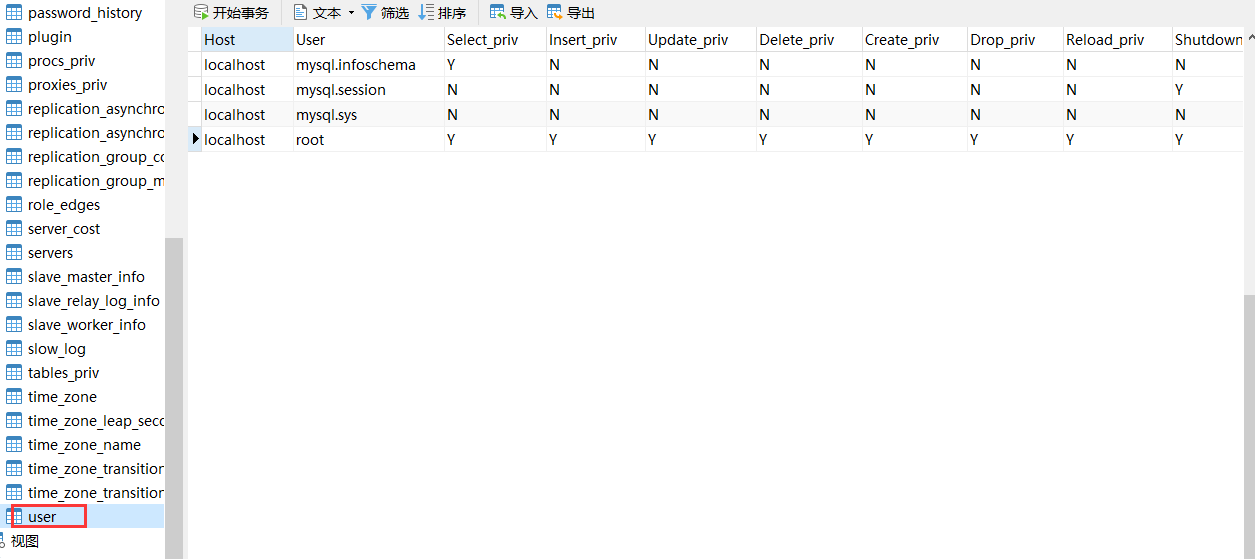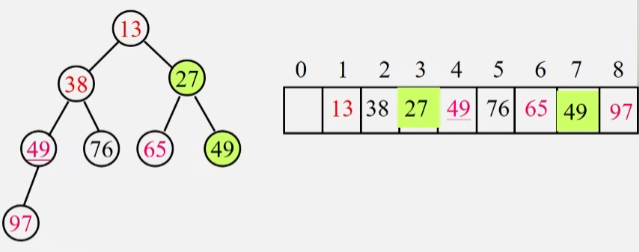应用场景:
pytest 框架可以解决我们多个测试脚本一起执行的问题。
它提供了测试用例的详细失败信息,使得开发者可以快速准确地改正问题。它兼容最新版本的 Python。它还兼容 unittest、doctest 和 nose,开箱即用。接下来我们详细了解下pytest框架。
01
安装和介绍
概念:
pytest 是 python 的一种单元测试框架,同自带的 Unittest 测试框架类似,相比于 Unittest 框架使用起来更简洁,效率更高
官网:https://docs.pytest.org/en/latest/
中文文档地址:https://www.osgeo.cn/pytest/
01
特点和书写规则
特点:
非常容易上手,入门简单,文档丰富,文档中有很多实例可以参考
支持简单的单元测试和复杂的功能测试
支持参数化
执行测试过程中可以将某些测试跳过,或者对某些预期失败的 Case 标记成失败 支持重复执行失败的 Case
支持运行由 Nose, Unittest 编写的测试 Case
具有很多第三方插件,并且可以自定义扩展
方便的和持续集成工具集成
安装:
通过pip命令安装指定版本
pip3 install pytest==5.4.3
pytest是python的第三方测试框架,是基于unittest的扩展框架,比unittest更简洁,更高效。
使用 pytest编写用例,必须遵守以下规则:
测试文件名必须以“test”开头或者"test"结尾(如:test_ab.py)
测试方法必须以“test”开头。test*.py 或 *test.py
测试类命名以“Test”开头。用例识别:包含所有test_*的方法(测试类不能带有— init—方法)
断言使用基本的assert即可
使用 pytest 需要更改 pycharm 集成设置
Pytest 可以执行 uinttest 写的用例和方法
02
运行方式
运行方式分为两种
命令行模式【建议】
主函数模式
命令行模式【建议】图片
命令行中执行 pytest -s test_demo01.py
主函数模式
import pytest
class Test:
def test_case01(self):
print(1)
def test_case02(self):
print(2)
主函数执行
if name == ‘main’:
pytest.main([‘-s’,‘test_demo01.py’])
在 test_demo01.py文件中增加主函数
-s 表示支持控制台打印,如果不加,print 不会出现任何内容
运行结果
. 表示成功
F 表示失败
小结:建议使用命令行的形式运行,对比主函数模式更加方便
03
setup 和 teardown
pytest 在运行自动化脚本的前后会执行两个特殊的方法,分别是 setup 和 teardown 在执行脚本之前会执行 setup方法,在执行脚本之后会执行 teardown 方法,我们可以在 setup 中进行获取驱动对象的操作,在teardown 中进行关闭驱动对象的操作
应用场景:
函数级别方法
运行于测试方法的始末,运行一次测试函数会运行一次 setup 和teardown。
示例代码
import pytest
class Test:
def setup(self):
print(‘test—>setup’)
def teardown(self):
print(‘test—>teardown’)
def test_case01(self):
print(‘test—>1’)
def test_case02(self):
print(‘test—>2’)
主函数执行
if name == ‘main’:
pytest.main([‘-s’,‘test_demo01.py’])
执行结果

示例代码
import pytest
def setup_class(cls):
print(‘test—>setupcls’)
def teardown_class(cls):
print(‘test—>teardowncls’)
def test_case01(self):
print(‘test—>1’)
def test_case02(self):
print(‘test—>2’)
主函数执行
if name == ‘main’:
pytest.main([‘-s’,‘test_demo01.py’])
执行结果

02
Pytest-常用插件
插件列表网址: https://plugincompat.herokuapp.com包含很多插件包,大家可依据工作的需求选择 使用。
01
Pytest-html测试报告
应用场景
自动化测试脚本最终执行是通过还是不通过,需要通过测试报告进行体现
使用命令进行安装 指定版本
pip install pytest-html=2.1.1
执行命令
pytest test_login.py --html=report.html
查看报告

报告展示:
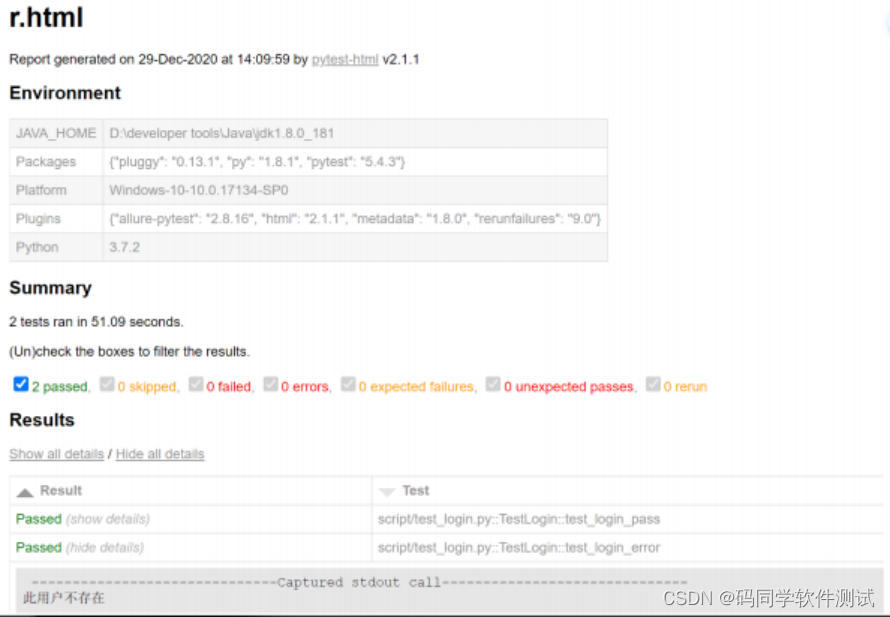
02
控制函数执行顺序
应用场景:
现实生活中,如果想下订单,必须先登录,我们可以通过插件的形式来控制函数执行的顺序 安装
使用命令 pip3 install pytest-ordering
标记于被测试函数,@pytest.mark.run(order=x)
根据order传入的参数来解决运行顺序
order值全为正数或全为负数时,运行顺序:值越小,优先级越高
正数和负数同时存在:正数优先级高
import pytest
class Test:
def test_case01(self):
print(‘test—>001’)
@pytest.mark.run(order=2)
def test_case02(self):
print(‘test—>002’)
@pytest.mark.run(order=1)
def test_case03(self):
print(‘test—>003’)
执行结果

03
失败重试
应用场景:
由于网络的原因造成自动化脚本报错,我们可以使用失败重试的插件,当失败后尝试再次运行,一般情况最终成功可以视为成功,但最好进行进行排查时候是脚本问题
使用命令pip3install pytest-rerunfailures 进行安装使用
在配置文件中的命令行参数中增加 – reruns n
pytest -s test_demo2.py --reruns 3
示例代码
class Test:
def test_a(self):
assert 1,1 # 断言成功
def test_b(self):
print(‘失败’)
assert 0,1 # 断言失败
运行结果

R 表示重试
注意重试时,如果脚本通过,那么后续不再重试
03
pytest高级用法
01
跳过测试函数
应用场景:
同一个软件在不同的设备上可能会有不同的效果,比如,iOS 的 3d touch 操作是需要 6s 以上设备支持 的,6 和 6s 都可以安装同一款应用,如果设备不支持,那么根本没有必要去测试这个功能。此时,我们可以 让这种函数进行跳过
使用方式:
condition
reason
跳过的条件,必传参数
标注原因,必传参数
示例代码:
class Test:
def test_a():
assert 1,1 # 断言成功
def test_b():
print(‘’)
assert 0,1 # 断言失败
执行结果

02
预期失败
应用场景:
举例,测试手机号码输入框长度为11位数字,如果我们传入一个 12 位数字,此时可以使用预期失败
@pytest.mark.xfail(condition=, reason=, raises=, run=, strict=)
condition 跳过条件,必填参数
reason 标注原因,必填参数
使用方式:
在需要标记预期失败的测试脚本之上加上装饰器示例
示例代码:
class Test:
def test_a():
print(‘’)
assert 1,1 # 断言成功
@pytest.mark.xfail(condition=,reason=‘’)
def test_b():
print(‘’)
assert 0,1 # 断言失败
@pytest.mark.xfail(condition=, reason=')
def test_c():
print(‘’)
assert 0, 2 # 断言失败
执行结果:

x 表示预期失败结果失败 不算是bug,X 表示预期失败结果成功 算是bug
03
数据参数化
应用场景:
登录功能都是输入用户名,输入密码,点击登录。但登录的用户名和密码如果想测试多个值是没有办法 用普通的操作 实现的。数据参数化可以帮我实现这样的效果。
方法名:
@pytest.mark.parametrize(argnames, argvalues, indirect=, ids=, scope=)
argnames 参数名
argvalues 参数对应值,类型必须为可迭代类型,一般使用list
一个参数使用方式
argnames 为字符串类型,根据需求决定何时的参数名
argvalues 为列表类型,根据需求决定列表元素中的内容
在测试脚本中,参数,名字与 argnames 保持一致
在测试脚本中正常使用
argvalues 列表有多少个内容,这个脚本就会运行几次
示例代码:
class Test:
@pytest.mark.parametrize(‘’,[])
def test_01():
print()
执行结果:

多个参数:
class Test:
@pytest.mark.parametrize((‘’,‘’),[(‘’,),(‘’,])
def test_01():
print()
执行结果:

04
Pytest-fixture
应用场景:
fixture 修饰器来标记固定的工厂函数,在其他函数,类调用它时会被激活并优先执行,通常会被用于完成预置处理和重复操作
使用方式:
通过函数引用
示例代码:
class Testlogin:
@pytest.fixture()
def test_login():
print(‘’)
uname = ‘’
def test_a():
print(f’{}')
def test_b
print(‘’)
运行结果:

